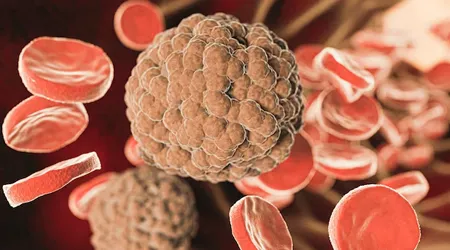Overview
Blood cancer, which includes various malignancies like leukemia, lymphoma, and myeloma, affects the body's blood-forming tissues and the immune system. Understanding its many facets—from symptoms to prevention—empowers patients, caregivers, and healthcare providers to navigate this complex disease with knowledge and hope.
Symptoms
Blood cancer can present itself in various forms, frequently resembling other diseases. Frequent signs consist of:
-
Persistent Fatigue and Lack of Strength:
A continual sense of weariness that isn't alleviated by taking a break. -
Regular Infections:
A compromised immune system can result in repetitive infections. -
Unexplained Weight Loss:
Rapid and notable weight reduction without alterations in diet or physical activity. -
Fever and Night Sweats:
Repeated fevers and heavy sweating, particularly at night with body temps above 37.5 Degrees.


-
Bruising and Hemorrhaging:
Uncommon bleeding, easily bruised by minor scrapes, or extended bleeding from small wounds. -
Bone or Joint Discomfort:
Pain that may indicate problems of the bone marrow. -
Swollen Lymph Nodes:
Painless enlargement in the neck, armpits, or groin may suggest lymphoma. Identifying these indicators quickly can lead to prompt medical assessment and enhance results. -
Bleeding in stool and urine:
Blood is detected in one or both samples.
Diagnosis
Correct identification of blood cancer requires a multi-phase procedure:

















